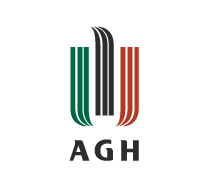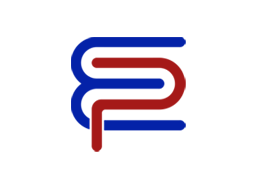| Main page - News |
| |
| Practical Approach to Solving Wellbore Instability Problems
added: 31st August 2011
|
Poland Section of Society of Petroleum Engineers want to invite you for lecture given by SPE Distinguished Lecturer Mr. Samuel O. Osisanya, Ph.D.; P.E. from The University of Oklahoma
|
| The Lecture will be given at AGH University of Science and Technology, Kraków, Al. Mickiewicza 30, building A-4, room 3, on 10th October 2011 at 12:00. |
| Wellbore instability is recognized when the wellbore diameter does not stay the same as the diameter of the bit that drilled it. Maintenance of a stable wellbore is of primary importance while drilling. Non-productive time associated with wellbore instability translates to massive well costs. There are three main interrelated mechanisms that can cause wellbore instability: mechanical, rock-drilling fluid interaction, and man-made (poor drilling practices). One or more of these mechanisms may contribute to an unstable borehole depending on the type of formation and the geologic area being drilled. |
| Mechanical wellbore instability is basically a contest between the strength of the in-situ rock and the stresses induced on it while it is being drilled. Key parameters causing mechanical instability are orientation and magnitude of in-situ stresses, rock strength and properties, and drilling practices. Most of the rock-drilling fluid interaction leading to wellbore instability takes place in the shale layers. Shales make up over 75% of drilled formations and caused over 90% of wellbore instability problems. Shale acts as a leaky membrane which allows for the generation of osmotic pressure difference between the water in the shale and the drilling fluid. Shale formations are capable of absorbing water from oil-based mud (OBM) as well as from water-based mud (WBM). The man-made factors that cause wellbore instability include inadequate mud pressure, poor hole cleaning, drilling string vibration and surge/swab pressures. The presentation will discuss the causes and prevention/mitigation of these mechanisms. |
| There are various wellbore instability ongoing research works. These include the development and understanding of rock mechanics models, improvement and visualization through real-time monitoring, and development of synthetic water-based mud (WBM) to match the shale stabilizing characteristics and high-temperature stability of a non-aqueous fluid. |
| One idea I would like members to take away from the lecture: Mitigation/prevention of wellbore instability involves excellent well planning, real-time monitoring as well as sound drilling practices. |
| Samuel O. Osisanya is an Associate Professor at the Mewbourne School of Petroleum and Geological Engineering at the Univ. of Oklahoma in Norman, Oklahoma, for 18 years where he teaches well construction technology. He holds BS (First Class) from Univ. of Ibadan, Nigeria, MS and Ph.D. from the UT Austin all in Petroleum Engineering. He has authored and co-authored more than 84 technical papers and supervised more than 55 graduate students. He was a recipient of the prestigious NSF Faculty CAREER award in 1995. Selected in 2000 as NSF ambassador to middle schools in Oklahoma during NSF 50th Anniversary celebration. He has served on several SPE drilling and completion committees. He has been a review panelist for the NSF-GRFP for the last 5 years. |
| He had experience with Gulf, Shell-BP and Mobil. He has taught in-house short courses for majors including ExxonMobil, NNPC, Saudi Aramco, PDVSA, Ecopetrol, and Schlumberger all over the world. Voted the 1994, 2002, and 2004 outstanding PE professor of the year at OU and selected as the 2006-2007 Most Inspiring Faculty of the student athletes at OU. He was recognized by NExT-Schlumberger in May 2008 and April 2010 as outstanding virtual faculty instructor. |
| Distinguished Lecturer Program started in 1961 with three lecturers the Distinguished Lecturer Program is funded primarily by the SPE Foundation through member donations and a contribution from Offshore Europe. We also appreciate the companies that allow their professionals to serve as lecturers and the additional support from AIME. More than 450 presentations are offered each year, and each section can receive up to three lectures per year. |



